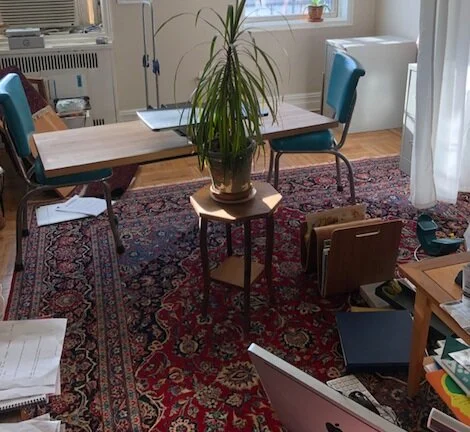I recently read an HBR article discussing why curiosity is vital to an organization’s performance.
It’s vital for decision making, communication and building better relationships at work.
When you’re stuck, curiosity can get you unstuck.
If your project leads are micromanaging, get curious.
If your teammates object to all your ideas, get curious instead of defensive.
Ask yourself what led them to this belief and what made them think this is the best option?
If you’re having difficulty responding with curiosity, picture what you’d do when a baby is crying.
Do you judge them for crying or do you get curious about what’s causing the crying?
What would happen if you applied this same technique at work.
Curiosity is crucial for effective problem-solving. It can help teams:
innovate and come up with more creative solutions.
pivot in times of uncertainty.
show up to difficult conversations with an open mind.
build trust with colleagues.
create space for collaboration.
And who doesn’t want more creativity, more possibilities and more collaborative communication?
So how do you move into the space of curiosity if your default is skepticism?
Let your face lead the way.
When you unfurrow your brow, open your eyes and listen with all your senses, you tap into your creativity and see other possibilities that previously weren’t available.
Below are a few guidelines to help:
Listen more than you talk
Ask more questions
Be humble
Approach things with a beginner’s mind
Adopt a learning mindset
Get curious about where you agree as opposed to defensive about where you disagree
Are you ready to change how you communicate at work and bring out your curiosity? Let's chat.
Hi, I’m Madeline.
I help quiet leaders and organizations communicate their story and invite audiences into their world.
Together we’ll transform how you communicate, at work, at home, in life.
Get in touch at madeline@madelineschwarz.com.














